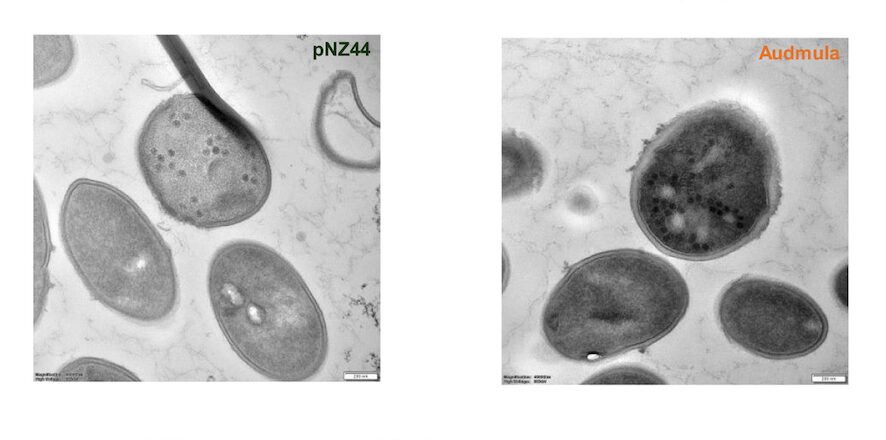The phrase “Bacteria are everywhere” is commonly used to describe the prevalence of bacteria in our environment. Some people believe they are the most common organisms on the planet. Despite this, it is estimated that there are more than 1031 bacteriophages in the world, which is more than any other organism on Earth, including bacteria. Therefore bacteriophages are the most common entity among others. Bacteriophages can be found in a variety of environments, including the Earth’s crust, sewage water, human skin, rivers, mountains, oceans, deserts, and even inside human bodies, to name a few.
 |
| sewage treatment plant photo by Melanie Carol Stengel / C-Hit.org |
What are the most common places to isolate phages from?
Scientists discovered that bacteria-rich environments are the best places to find phages
- Sewage
- Effluents
- Dump places
- Soil
- Rivers
- Forests
- Fish ponds
- Body organ
How are phages isolated?
The isolation of bacteriophages for phage therapy is frequently depicted as the simple mixing of a phage-containing sample with host bacteria. The next day, simple bacterial debris removal via filtration and/or centrifugation is performed (More technical information about
the isolation of Bacteriophage). The lysate will require purification after filtration and other characterization depending on the phage’s final use.
Can Bacteriophage obtained from filthy environments such as sewage, dumps, and effluents be used for phage therapy?
Yes, Bacteriophage isolated from anywhere can be used for
phage therapy as long as it lacks undesirable characteristics such as
Antibiotics Resistance genes and others. Regardless of the Bacteriophage sample source, scientists will work hard to purify the particle and screen it for anything that may be harmful to the body before submitting the phage for therapy.
What factors influence bacteriophage availability in the environment?
There are numerous factors that can influence the availability of bacteriophages in a given area:
- Bacteria concentration and diversity (this is directly proportional to the bacteriophage concentration and diversity in an area)
- Sun rays (UV light) and other radiations
- Matrix/media
- Natural and artificial (man-made) activities
- Physicochemical (Ph, Temperature e.t.c) properties of an area
Bacteriophages are viruses that can infect and replicate inside target bacteria by injecting nucleic acid content that either integrates into the bacterial genome or remains a stable episome replicating with their host (They can undergo lytic or lysogenic cycles).




Leave a Reply
You must be logged in to post a comment.